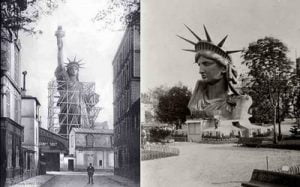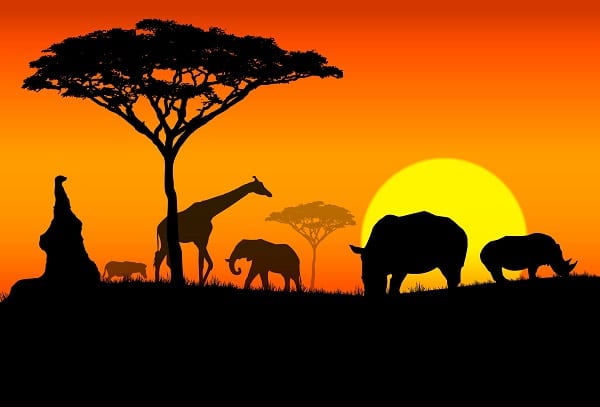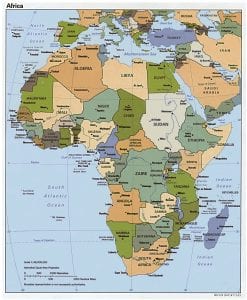 Surrounded by water from all directions, Africa is a continent with clearly determined and absolutely accurate borders. In the north it is separated from Europe by the Mediterranean Sea, in the northeast, is separated from Asia by the Suez Canal and farther by the Red Sea. From the east and southeast it is surrounded by the Indian Ocean, from the west by the Atlantic Ocean.
Surrounded by water from all directions, Africa is a continent with clearly determined and absolutely accurate borders. In the north it is separated from Europe by the Mediterranean Sea, in the northeast, is separated from Asia by the Suez Canal and farther by the Red Sea. From the east and southeast it is surrounded by the Indian Ocean, from the west by the Atlantic Ocean.
The total number of independent states in Africa is 54. The transcontinental country in this region is Egypt, having also a small part of its territory in Asia, on the other side of the Suez Canal, but politically it is a member of the African Union.
Among the African countries, the biggest one is Algeria, occupying around 7% of the continent’s territory. And the smallest nation is the Seychelles, the worldwide famous luxurious beach holiday destination, occupying 115 islands stretching along the mainland’s eastern coast.
The colorful Morocco is in the first place among the most popular travel spots in this part of the world, the second place belongs to South Africa, followed by Egypt and Tunisia.
Alphabetical list of countries in Africa (Click on the country below to see related events):
B
Benin
Botswana
Burkina Faso
Burundi
C
Cabo Verde
Cameroon
Central African Republic (CAR)
Chad
Comoros
Congo (Democratic Rep. of)
Congo (Republic of)
Cote d’Ivoire
D
Djibouti
E
Egypt
Equatorial Guinea
Eritrea
Ethiopia
G
Gabon
Gambia
Ghana
Guinea
Guinea-Bissau
K
Kenya
L
Lesotho
Liberia
Libya
S
Sao Tome and Principe
Senegal
Seychelles
Sierra Leone
Somalia
South Africa
South Sudan
Sudan
Swaziland
U
Uganda
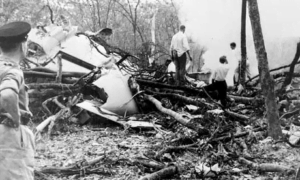
UN Secretary-General Dag Hammarskjöld Killed in Mysterious Plane Crash en route to Cease-fire Negotiations in Uranium-rich Congo
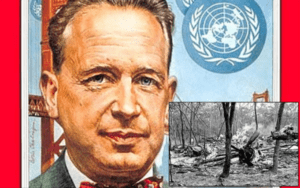
The Plane Carrying the UN Secretary General Dag Hammarskjöld was Shot Down over Northern Rhodesia (now Zambia)
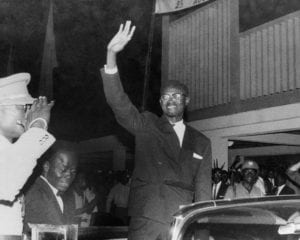
The CIA-Directed Murder of Patrice Lumumba, the First Elected Prime Minister of the Democratic Republic of Congo who Sought Independence from Belgium
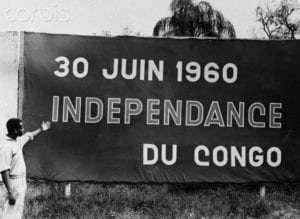
The Congo gained Independence from Belgium
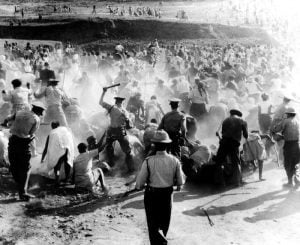
The Sharpeville Massacre in South Africa

The Antarctic Treaty System was Opened for Signature

The Secret Meeting That Created United Nations – Dumbarton Oaks Conference

The Battle of Soissons, A Battle You’ve Never Heard of Changed the Course of WWI
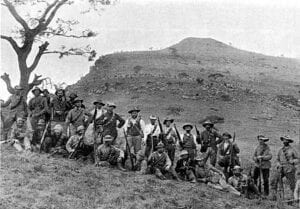
The Second Boer War
